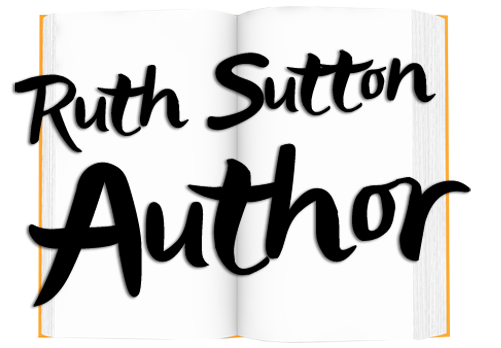My temporary living space is looking pretty well organised now (check previous posts to see what this is all about). And my head is getting round the new situation too: instead of fretting about the necessary confinement I’m using the time to tackle something that’s been overshadowed by health issues for a a couple of weeks – starting the first draft of the new book.

The outline is pretty well sorted, apart from the final denouement which I want to leave loose for now. So first thing this morning I split my screen, posted the outline of Chapter 1 on one side and pulled up a blank document on the other headed, ‘Burning Secret Chapter 1’. The title may change, but it’ll do for now.
Immediately at this point the writer faces a choice about ‘point of view’. Whose eyes am I looking through in this scene? Whose head am I inside, and what does this person see, hear, do and feel? What are the implications of this choice, and is it significant for the reader? It’s a chance to clarify who is at the centre of the story, or possibly to catch the reader off-guard. Do you remember the film ‘Psycho’? For the first several minutes of that Hitchcock masterpiece the viewer thinks they’re being told a story about Janet Leigh’s character having an affair. All the action is from her point of view, until in an iconic shocking twist her character is gone and we are jolted into another story. The decision about the first POV the reader encounters is one the writer needs to think carefully about.
For this book I’ve decided that POV should stay the same for the whole of the first chapter. The setting, both time and place, is quite complicated and one POV is probably enough for the reader to manage. Perhaps at the chapter’s end the hook to draw the reader forward could be the introduction of a new POV, as the story begins to unfold. 
I read an excellent Japanese crime story recently, – ‘Malice’ by Keigo Higashino – at the end of which there was an interview with the author about the techniques he’d used. One of these was to give the reader an early memorable snippet of information about a key character that would be crucial in establishing whether the character was trustworthy or likeable. With that impression established, the reader would interpret the character’s behaviour through that lens. ‘First impressions count’ is the message, and those impressions are manipulated by the author.
So, the choice of character for the first POV, the information the reader is offered, the source of that information and what it signifies, are all Chapter One decisions. However well I’ve planned, much of this subtlety only presents itself when the actual first draft is being written. And that’s what I started on yesterday. I couldn’t write for long because of the sore shoulder, and I’m writing this post early so I can rest for a while before going back to Chapter One later in the morning. Pacing myself like this is useful as it makes me think more about what I’m doing and why, instead of just racing on.
For those of you who are new to this blog, I’m confined to the house having injured myself in a fall, and trying to use this as an opportunity for achievement, not just a source of frustration. It’s Day 2 of a ten day confinement: I hope the good intentions can be sustained. While the rest of country is starting the busiest holiday weekend of the year I shall be quiet in my small space and live inside my head. And if I need distractionthere’s a cricket test match to listen to on the radio. What more could I want?

Recent Comments